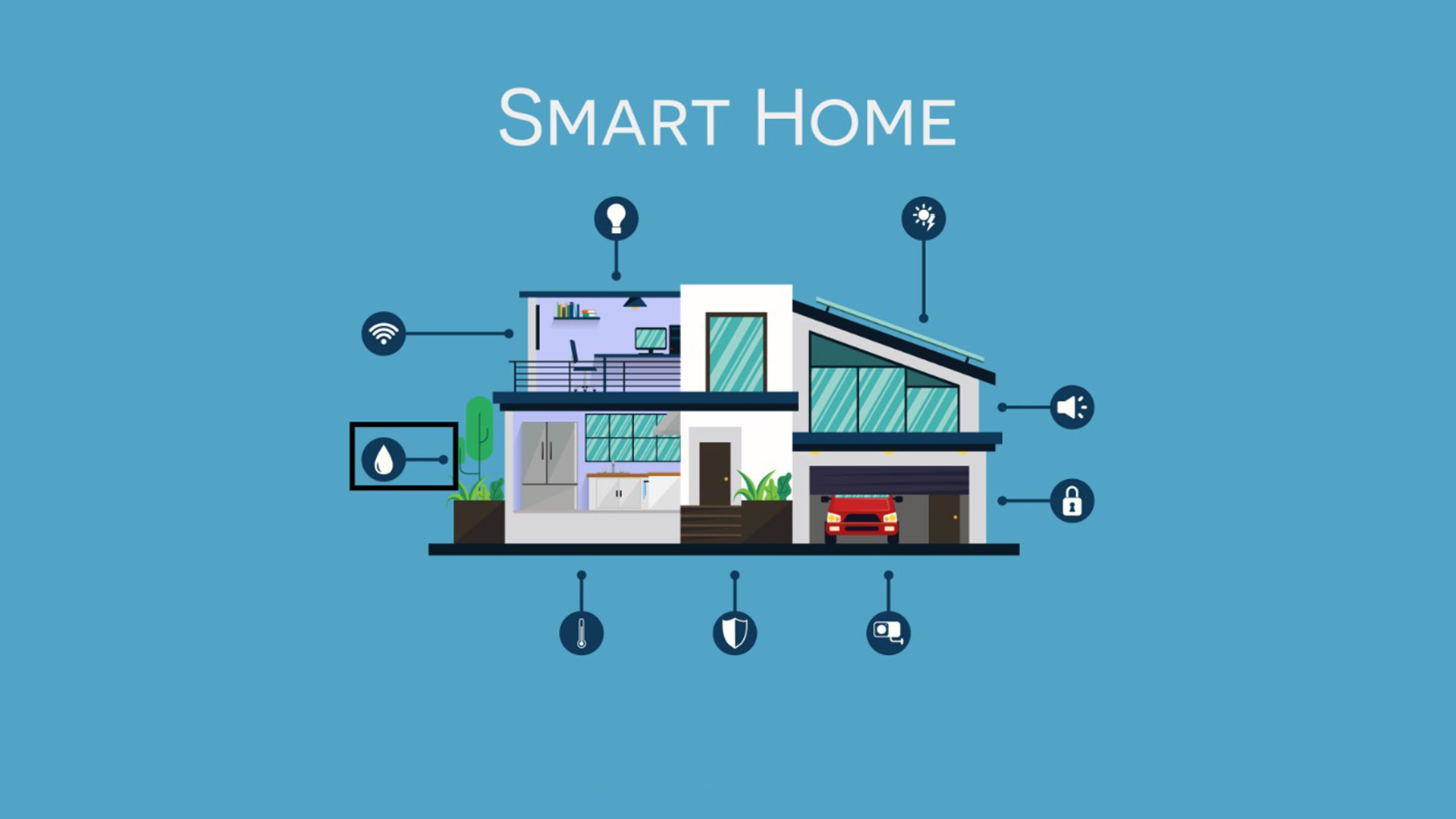
In recent years, the Internet of Things (IoT) has emerged as a game-changer in various industries, and one area where its potential is truly being realized is in smart homes. IoT technology has revolutionized the way we live, providing us with unprecedented levels of convenience, comfort, and security. In this blog post, we will explore why IoT is needed in smart homes and delve into the multiple layers of its impact on our daily lives.
- Enhanced Connectivity and Automation:
IoT enables seamless connectivity and automation within smart homes, allowing different devices and systems to communicate and work together harmoniously. From smart thermostats that adjust the temperature based on occupancy patterns to voice-activated assistants that control lighting and entertainment systems, IoT brings a new level of convenience and efficiency to our homes. With IoT, our homes become intelligent, intuitive, and responsive to our needs. - Energy Efficiency and Sustainability:
One of the key benefits of IoT in smart homes is its ability to optimize energy consumption. Smart meters and sensors can monitor energy usage in real-time, enabling homeowners to identify areas of inefficiency and make informed decisions to reduce their carbon footprint. IoT-powered devices can automatically adjust energy usage based on occupancy, weather conditions, and time of day, resulting in significant energy savings and a more sustainable lifestyle. - Improved Safety and Security:
IoT plays a crucial role in enhancing the safety and security of smart homes. Connected security systems, such as smart locks, surveillance cameras, and motion sensors, provide real-time monitoring and alerts, allowing homeowners to remotely access and control their home security. Additionally, IoT-enabled smoke detectors and leak sensors can detect potential hazards and send immediate notifications, minimizing the risk of accidents and damage. With IoT, homeowners can have peace of mind knowing that their homes are protected and monitored around the clock. - Personalized and Adaptive Living Spaces:
IoT technology enables the creation of personalized and adaptive living spaces that cater to individual preferences and needs. Smart home systems can learn and adapt to homeowners' behaviors, adjusting lighting, temperature, and entertainment options accordingly. For example, a smart home can automatically dim the lights, play soothing music, and adjust the thermostat to create a cozy ambiance when it detects that the homeowner is winding down for the night. This level of personalization enhances comfort and creates a truly tailored living experience. - Health and Well-being:
IoT has the potential to significantly impact our health and well-being within smart homes. Connected healthcare devices, such as fitness trackers, smart scales, and blood pressure monitors, can seamlessly integrate with smart home systems, providing real-time health data and insights. This integration allows for proactive health management, personalized fitness routines, and remote monitoring, empowering individuals to take control of their well-being. IoT-enabled smart homes can also support aging in place, enabling seniors to live independently while ensuring their safety and well-being.
Conclusion:
The integration of IoT technology in smart homes is transforming the way we live, offering unparalleled convenience, energy efficiency, safety, and personalization. From enhanced connectivity and automation to improved sustainability and well-being, IoT is reshaping our homes into intelligent, adaptive, and secure living spaces. As we continue to embrace the potential of IoT, the possibilities for smart homes are limitless, promising a future where our homes truly work for us, making our lives easier, safer, and more enjoyable.
